Pentax Optio H90 Review
Pentax Optio H90
This retro-styled ultra-compact stands out from the crowd.
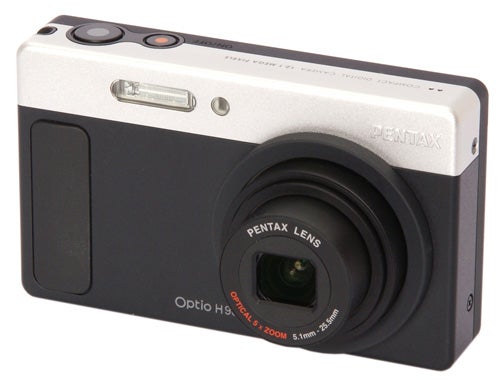
Verdict
Key Specifications
- Review Price: £80.00
Last week I reviewed the Pentax Optio I-10, a 12-megapixel, 5x zoom compact with an unusual retro style. Today I’m looking at its stablemate the new Optio H90, which is a 12-megapixel, 5x zoom compact with an unusual retro style. I’m sensing that there might be some sort of theme developing here. Pentax’s range of cameras is much smaller than most of its rivals, with only five compacts in its current line-up. However what it lacks in numbers it makes up for in diversity and style, with models ranging from the rugged waterproof W90 to the AA-powered budget-priced E90. The H90 was announced in January along with the E90 and I-10.
The H90 has has a fairly plain rectilinear body similar to Pentax’s older S-series models, but it is detailed with an eye-catching and immediately distinctive design, reminiscent of classic 35mm compact cameras from the 1970s such as the Kodak Instamatic or Olympus Trip. It is available in silver and orange, silver and white, or the silver and black scheme shown here. The body is mostly plastic with aluminium trim, and the build quality is very good, well up to Pentax’s usual standard. The H90 is very small, measuring just 94.5 x 56.5 x 24.5mm, and is also exceptionally light, weighing just 131g including battery and memory card. This does make the camera feel a bit insubstantial, but the solid construction helps to counteract this. It is certainly small and light enough to slip into a shirt pocket.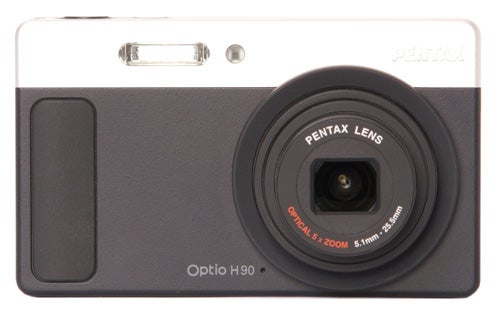
The H90 is currently selling for as little as £80 from a number of online retailers, which means that its main competitors are a motley array of non-brand Chinese imports and the very bottom of the range models from Samsung and Fujifilm. Against this fairly weak competition the Optio H90 stands out as a well featured and stylish alternative, offering a decent specification, brand-name recognition and solid build quality at a bargain price.
In terms of features the Optio H90 is basically identical to another recent Pentax compact, the Optio M90, and also shares a number of components with the I-10. It has the same 5x zoom f/3.5 – f/5.9 lens, equivalent to 28-140mm, the same 2.7-inch 230k TFT LCD monitor, and the same list of options on the menu. However it lacks the I-90’s sensor-shift image stabilisation, relying instead on pixel-tracking digital stabilisation, which is nowhere near as effective.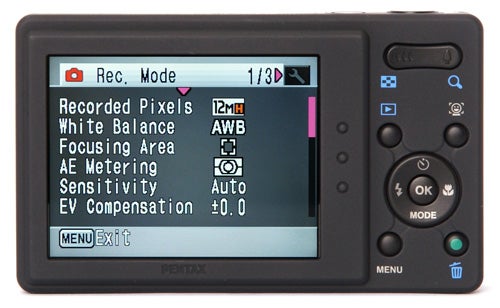
The H90 is a point-and-shoot compact, and has the shooting options to match. Modes include the standard Program Auto, and automatic scene detection mode and a choice of 18 scene programs, including a couple of unusual ones such as the half-length portrait mode, a digital wide angle mode that stitches two shots together, and of course the wonderfully awful frame composite mode, which offers a huge selection of truly terrible frames to superimpose on your photos.
There are a few other options available on the menu, including limited control over saturation, contrast and sharpness, the D-Range contrast booster and the usual selection of metering modes. Focus modes are limited to wide-area, centre zone or subject tracking AF, although as with the I-10 the tracking feature is not terribly effective. As I mentioned in the review of the I-10, it’s really about time Pentax updated the menu system in its compact cameras. It’s been using the same one for as long as I can remember.
The H90 does offer HD video, shooting at 1280 x 720 pixels and 30fps with mono audio and no optical zoom, but the picture quality isn’t exactly brilliant, and the tiny internal microphone is very prone to wind noise in even the lightest breeze, and actually seems to pick up sound from behind the camera better than sound in front.
The H90’s overall performance is very good for what is after all a budget camera. It starts up and is ready to take a picture in under three seconds, and shuts down again in under two. In single-shot mode the shot-to-shot time is approximately 3.2 seconds, which is a little bit on the slow side but is at least consistent. In continuous shooting mode it can take a burst of four shots in just under four seconds, but then has to pause for breath as it empties the image buffer. There is also a high-speed continuous mode which can shoot six shots at 2fps, but only at 5MP resolution.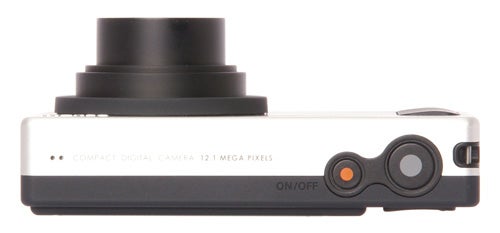
The autofocus system is also nice and quick, and works reasonably well in low light, although unfortunately the H90 has no AF assist lamp, so it doesn’t work as well in very low light, obviously limiting the camera’s usefulness in many social situations. As I mentioned earlier, the tracking AF isn’t particularly effective, but the face detection system is very good, even detecting faces in partial profile.
Unfortunately the H90’s one big weakness is image quality, which is puzzling since several other reviews I’ve read have rated it highly in this area. It suffers from the same problems as the I-10, with very poor fine detail, mainly as a result of the overall softness of the lens. Wide angle barrel distortion is corrected digitally and there is little sign of chromatic aberration, but this does leave the corners of the frame looking quite blurry. Dynamic range is very poor, even with the limited help that the D-Range option provides, and colour rendition is weak in standard settings but garish and over-saturated in the Flowers mode.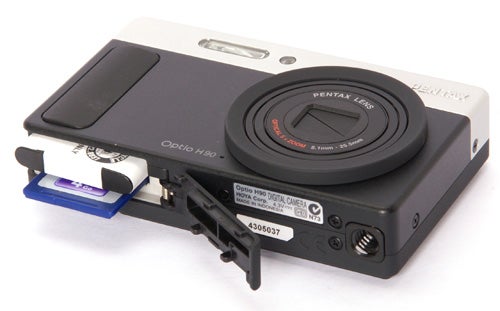
Noise control seems to be slightly better at lower ISO settings than the I-10, but the noise reduction kicks into overdrive at 400 ISO, greatly reducing the level of detail. 800 and 1600 ISO are progressively worse. As usual the 3200 and 6400 ISO settings, which are restricted to 5MP, produce awful results.
”’Verdict”’
The Pentax Optio H90 is a well made and attractively designed camera at a very affordable price. It is easy to use and light enough for a shirt pocket, with good performance and a useful zoom range. However its lack of an AF assist lamp and poor overall image quality are disappointing.

”Over the next few pages we show a range of test shots. On this page the full size image at the minimum and maximum ISO settings have been reduced to let you see the full image, and a series of full resolution crops have taken from original images at a range of ISO settings to show the overall image quality. These pictures were taken indoors using shaded natural light. ”
—-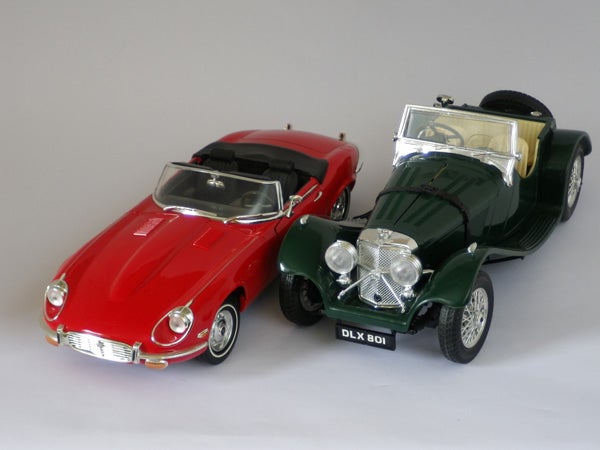
This is the full frame at 80 ISO.
—-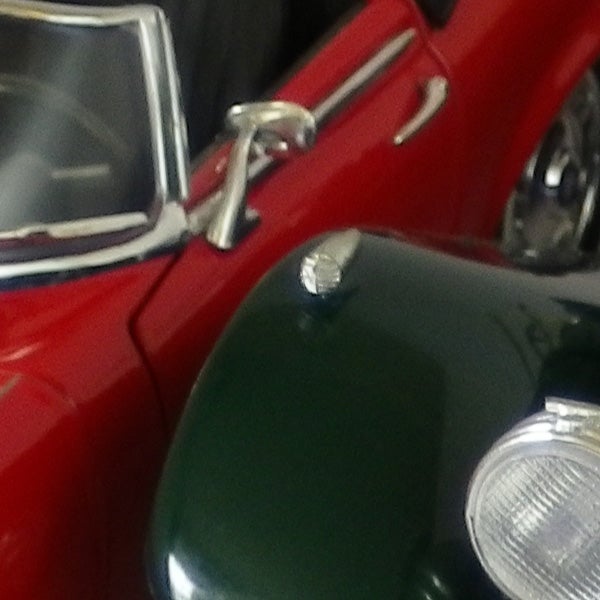
At 80 ISO the image quality is pretty good.
—-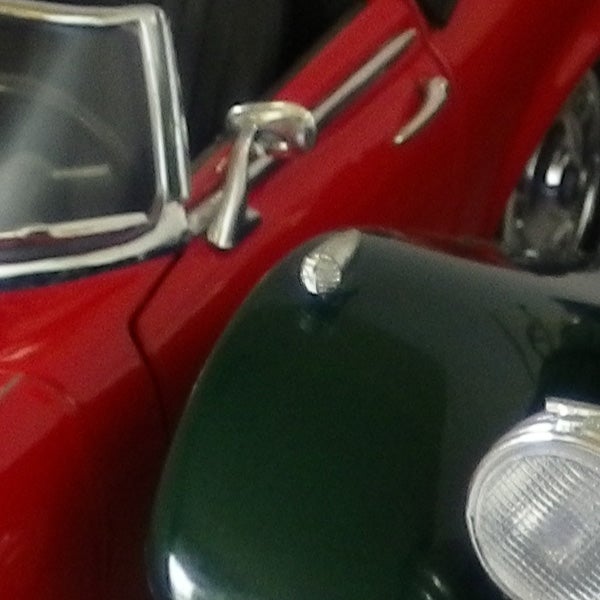
At 100 ISO it is at least better than the Optio I-10.
—-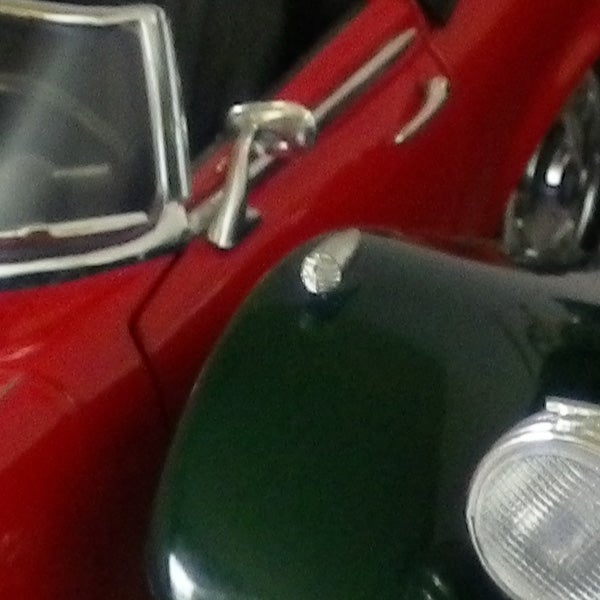
200 ISO is also better than the I-10.
—-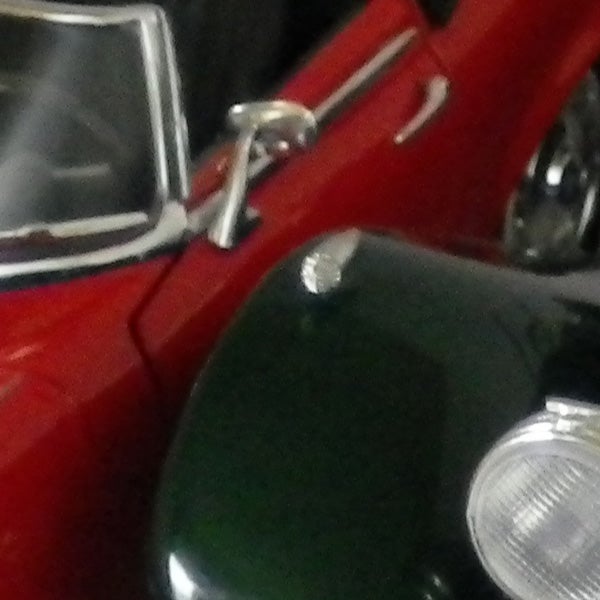
At 400 ISO there is noise visible, and the NR system has reduced detail.
—-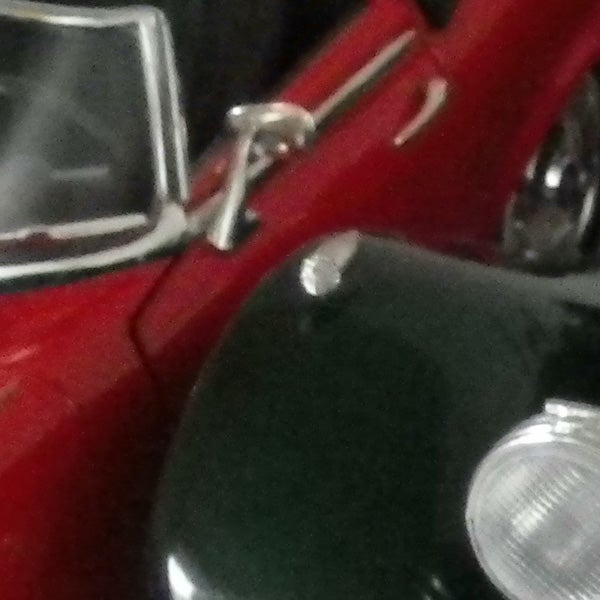
Quality is even worse at 800 ISO.
—-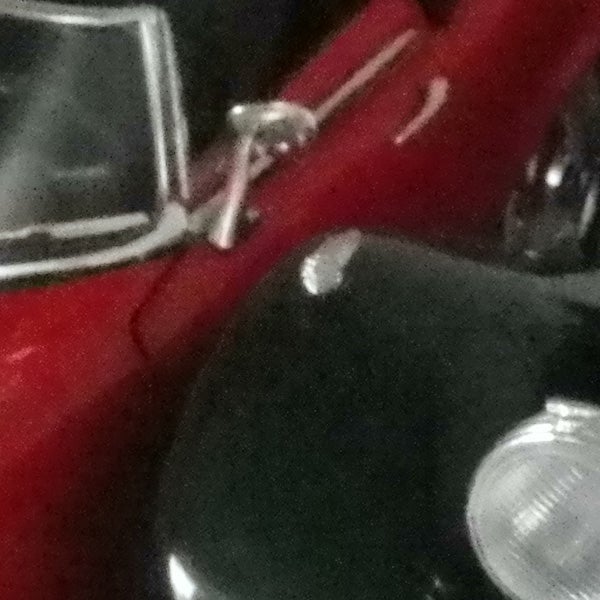
Noise is a real problem at 1600 ISO.
—-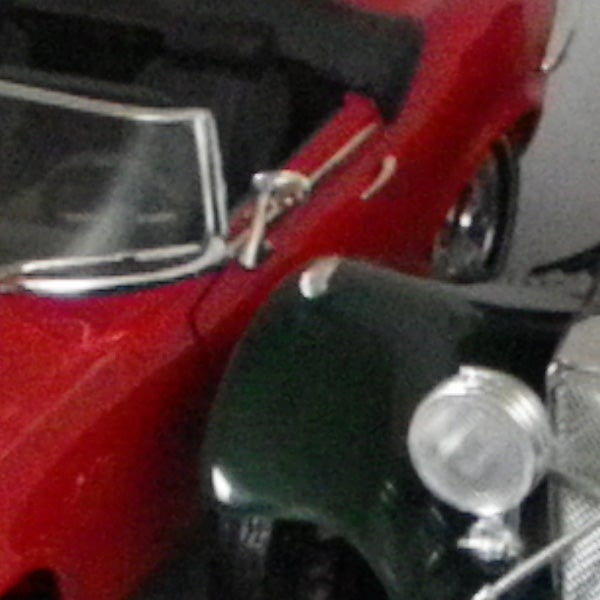
3200 ISO is available at 5MP.
—-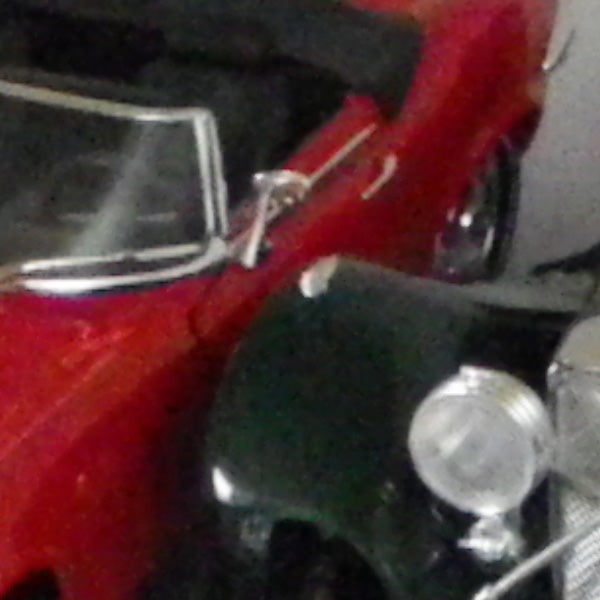
So is 6400 ISO, but the quality is terrible.
—-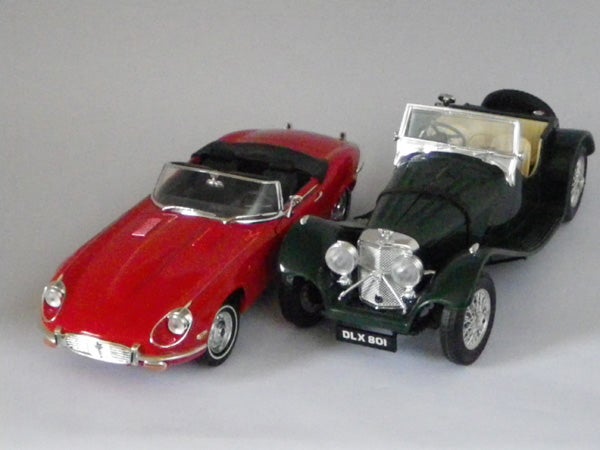
This is the full frame at 3200 ISO.
”A range of general test shots are shown over the next two pages. In some cases, the full size image has been reduced for bandwidth purposes, and a crop taken from the original full resolution image has been placed below it to show the overall image quality. Some other pictures may be clicked to view the original full-size image. ”
—-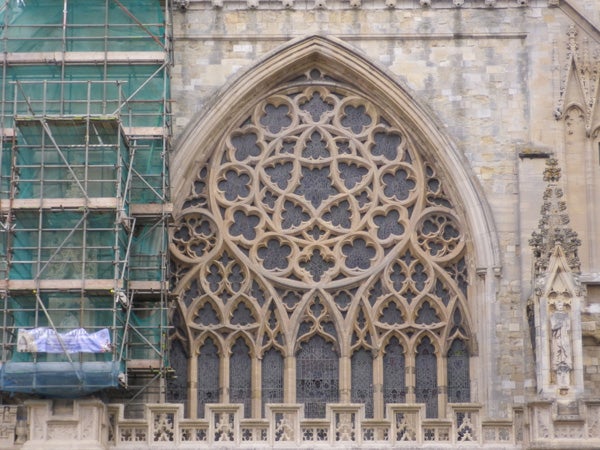
Here’s the usual detail test shot of the West Window of Exeter Cathedral, for you to compare with other cameras. See below for a full res crop, or click to see the whole picture. File size 3.6MB.
—-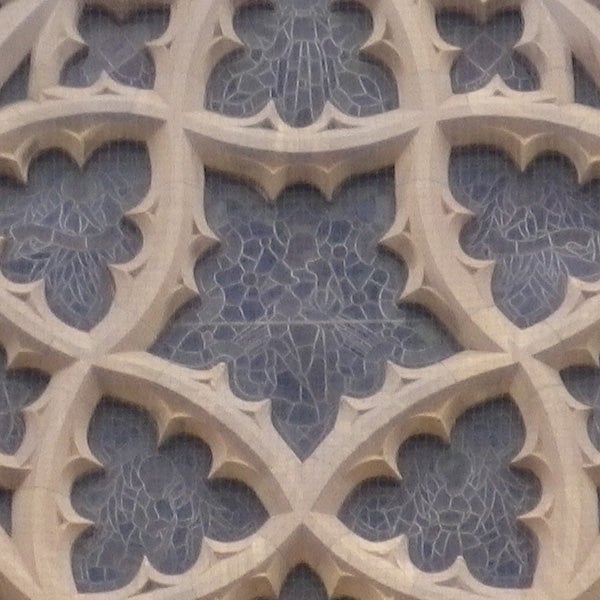
The level of fine detail is quite poor, and the lens is very soft.
—-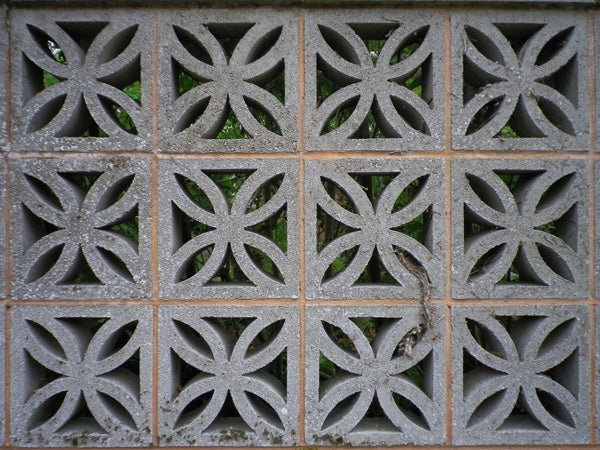
Barrel distortion is corrected electronically.
—-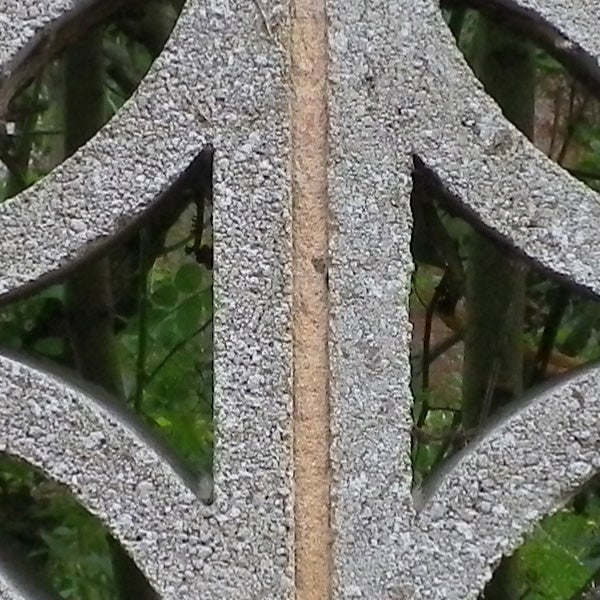
Centre sharpness is OK at wide angle.
—-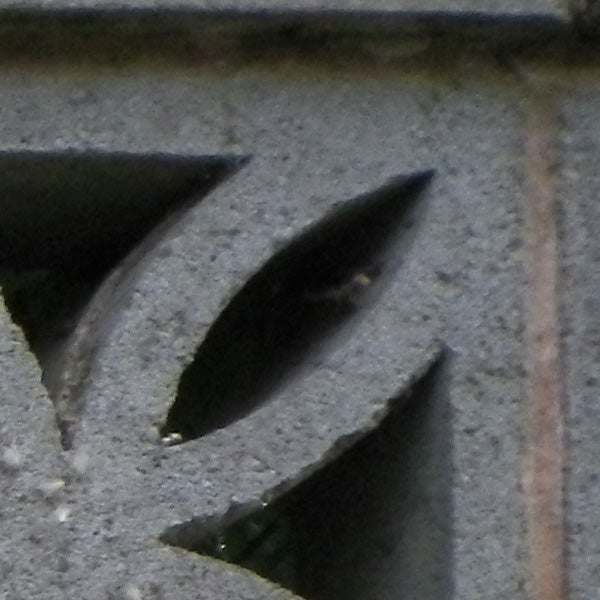
No chromatic aberration, but the corners are a bit blurry.
—-
”Here are some general test shots to help evaluate the camera’s overall image quality, including dynamic range, colour rendition and the zoom range of the lens. Some pictures may be clicked to download the full size original image.”
—-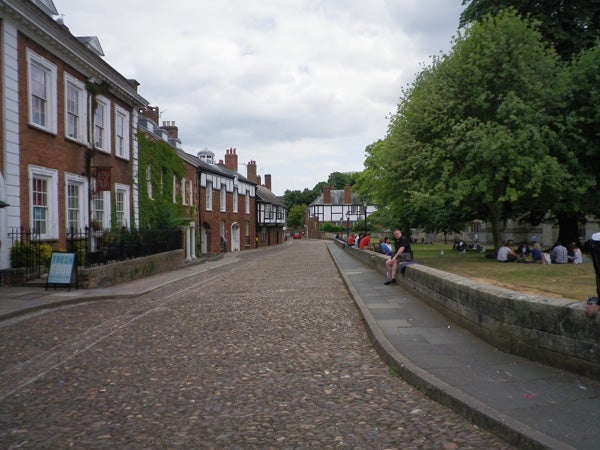
The wide angle is equivalent to 28mm. File size for download 3.4MB.
—-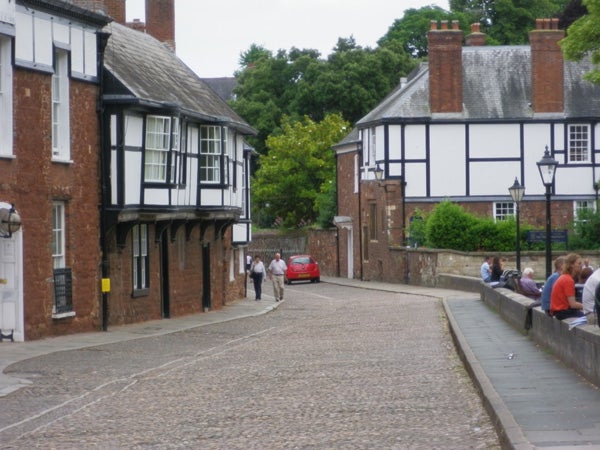
The telephoto end is equivalent to 140mm. File size for download 3.8MB.
—-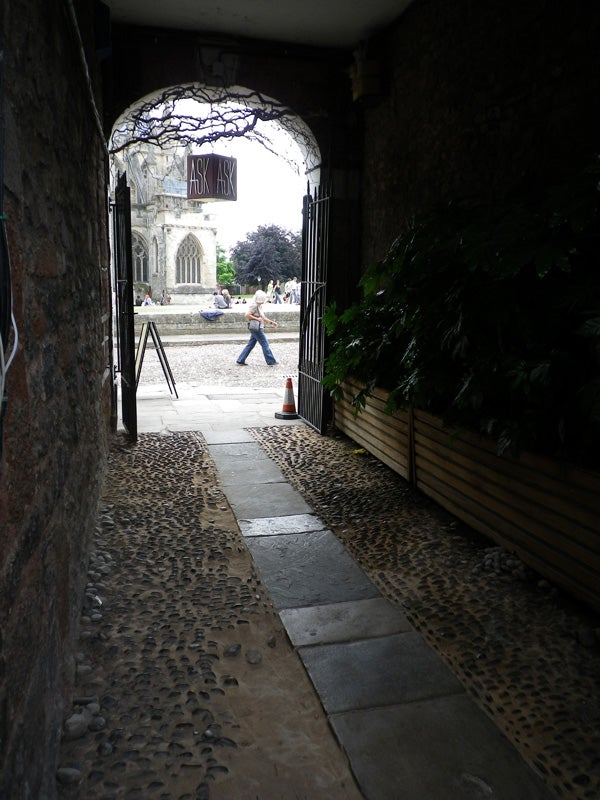
With D-Range switched off the dynamic range is pretty poor.
—-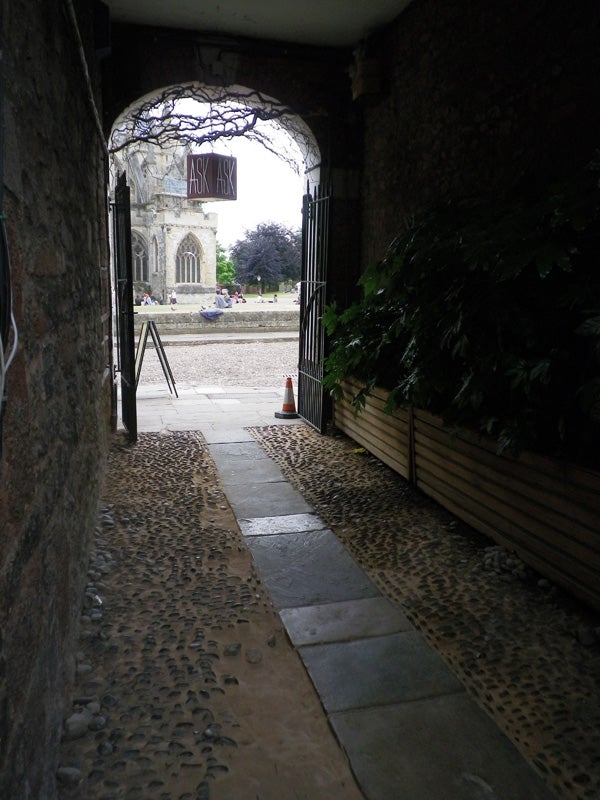
It’s not much better with D-Range switched on.
—-
This was taken in the Flowers scene mode.
—-
Trusted Score
Score in detail
-
Value 8
-
Image Quality 5
-
Build Quality 8
Features
| Camera type | Ultra Compact |
| Megapixels (Megapixel) | 12.1 Megapixel |
| Optical Zoom (Times) | 5x |
| Image Sensor | 1/2.3-inch CCD |
| Optical focal length | 5.1 to 25.5mm |
| Shutter speed | 4- 1/2000 |
| Auto focus | TTL Contrast detection AF |
| Manual focus | Yes |
| Max output resolution | 4000x3000 |
| Other resolutions | 9M (16:9), 7M, 5.3M (16:9), 5M, 3.8M (16:9), 3M, 2.1M (16:9), 1024, 640 |
| Focus range | 40cm to infinity, Tele: 1m to infinity, Macro 8cm |
| Exposure control | Program, Auto Pict, 16 scene modes |
| Exposure metering | Multi, Centre-weighted, Spot |
| Exposure compensation | +/-2EV (1/3 EV steps) |
| Image Stabilisation | N/A |
| ISO settings | Auto, 80-1600, 3200-6400 at 5MP |
| LCD Monitor | 2.7-inch TFT LCD, 230k dots |
| Viewfinder | N/A |
| Flash range | Wide: 0.15 to 4m Tele: 1 to 2.4m (AUTO ISO) |
| Flash modes | Flash-on and Flash-off, Red-eye reduction, Soft flash |
| White balance modes | Auto, Daylight, Shade, Tungsten, Fluorescent, Manual setting |
| Drive modes | Single, Continuous, HS Continuous |
| Image formats | JPEG, EXIF 2.2 |
| Picture adjustments | Sharpness, saturation, contrast |
| Video (max res/format) | 1280x720 at 30fps |
| Movie length | Card capacity |
| Self timer | 10/2 secs |
| Memory card slot | SD/SDHC |
| Supplied memory | 26.7MB |
| Batteries supplied | 740mAh Li-ion rechargeable |
| Charger supplied | Yes |
| A/V output | PAL, NTSC |
| Charging/Computer Connection | USB 2.0 |
| AV Out | Yes |
| Manual | 23-page basic printed guide, full manual PDF on CD |
Physical Specifications
| Dimensions Width (Millimeter) | 94.5mm |
| Depth (Millimeter) | 56.5 mm |
| Weight (body only) (Kilogram) | 131g including battery and memory cardkg |

